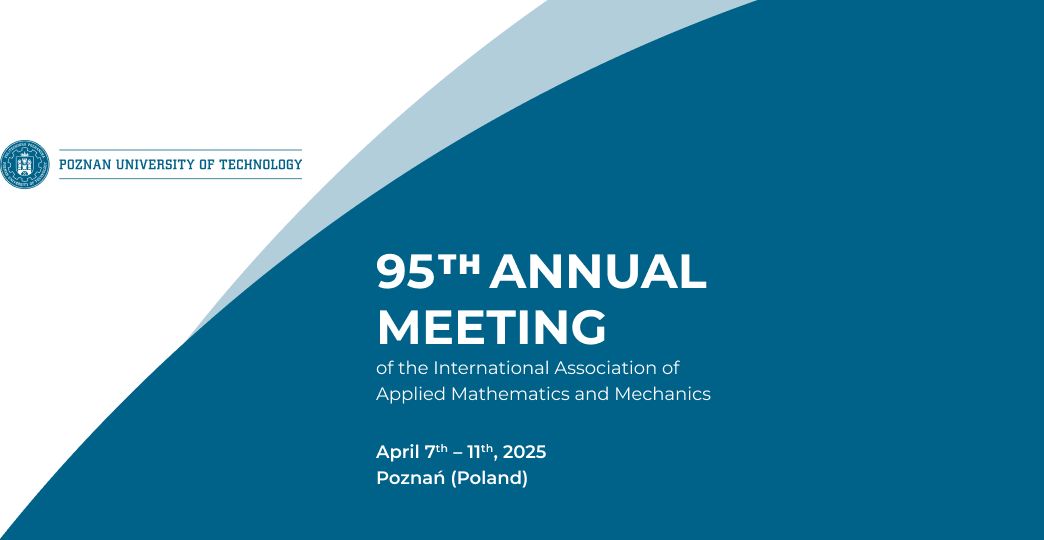Speaker
Description
Modeling hierarchical nanoporous metals, characterized by complex ligament networks across multiple length scales, is computationally demanding. Multiaxial stresses occur in higher hierarchy ligaments, adding to the complexity of the problem and requiring an understanding of multiaxial material behavior. For finite element (FE) modeling, we separate the hierarchical nanoporous structure into upper and lower levels. To reduce computational cost, we aim to use surrogate models and FE-beam models for predicting the homogenized mechanical behavior of the lower level of hierarchy.
For model evaluation and improved interpretability of the evolution of trajectories with the introduction of the lower level of hierarchy, a 2D model is employed at the upper level. For the lower level, a 3D FE-beam model with diamond architecture is used to represent the porous network. We are introducing a new physics-informed recurrent neural network (RNN)-based architecture to represent the homogenized mechanical material response of the structure at the lower level of hierarchy. The RNN predicts the tangent stiffness matrix as a primary output from given strain trajectories via a recurrent layer. Secondary outputs such as stress, plastic strain, and plastic energy increments are derived through embedded physical relationships, ensuring physical consistency across the outputs. Positive energy dissipation is inherently ensured through positive eigenvalues of the tangent stiffness matrix and further through penalization of negative energy increments, ensuring thermodynamically consistent predictions.
FE simulations incorporating the trained RNN as a material user subroutine show that the inclusion of the lower level structure significantly modifies the trend in the strain trajectories observed at the upper level, while stress trajectories mainly experience changes in magnitude, although maintaining their general trend. This approach demonstrates the capability to efficiently simulate hierarchical materials, capturing the influence of lower-level porosity on the upper-level material behavior while maintaining physical consistency. Additionally, the model allows for straightforward integration into finite element frameworks like Abaqus, offering a computationally efficient method for studying complex hierarchical materials [1].
References:
[1] L. Dyckhoff, N. Huber, 2025, Journal of the Mechanics and Physics of Solids, under review

